I took that to heart. (I wish she had.)
So, I try not to embark on smear campaigns when a person, place, or experience doesn't meet my expectations. If I write about it at all, it's about my feelings.
But I try to give the benefit of the doubt most of the time—that intentions are pure, that people are doing the best they can.
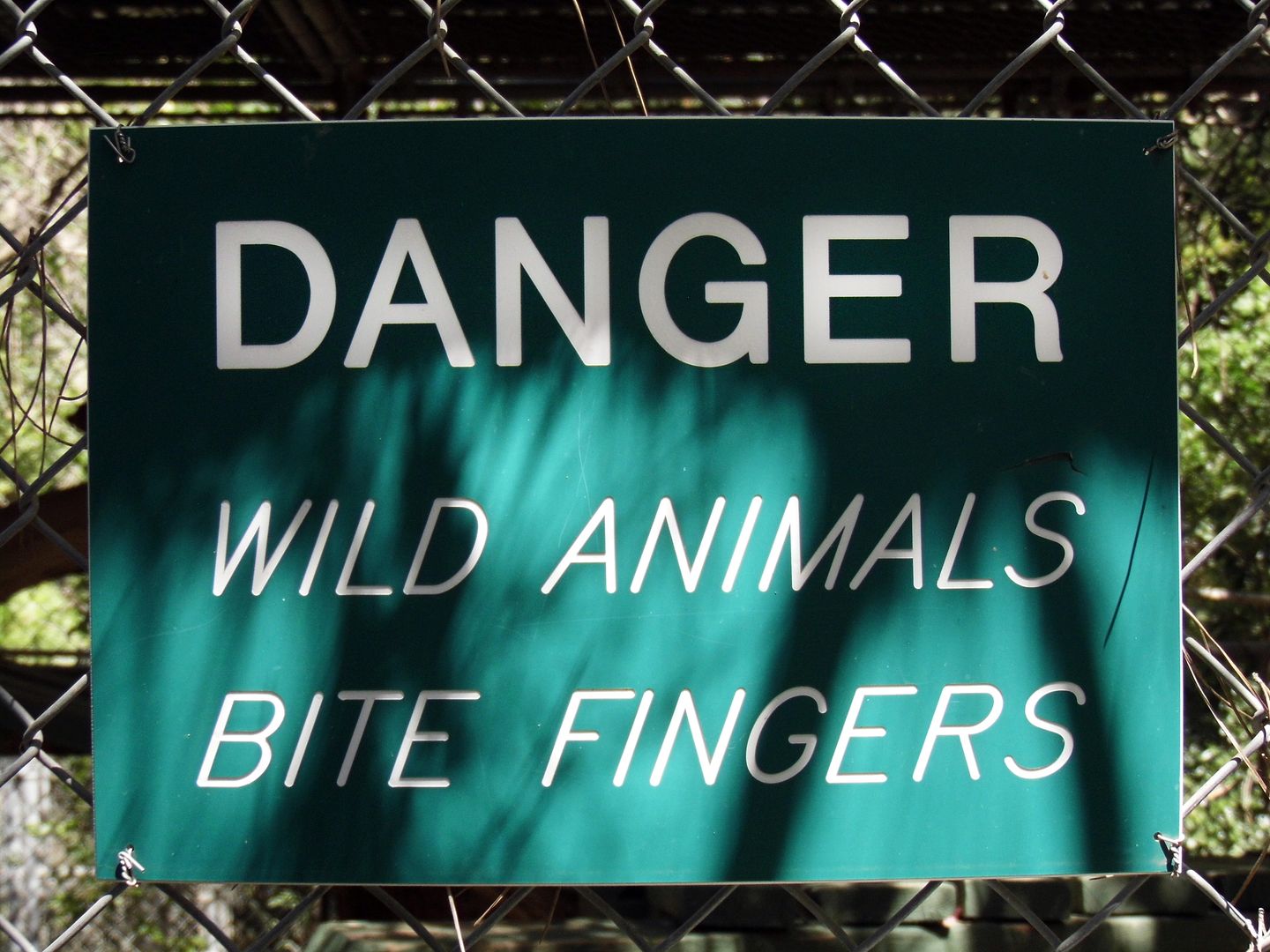
However, I've been tight-lipped long enough when it comes to Wildlife Waystation, the animal rescue/sanctuary in Angeles National Forest that just announced its abrupt closure and surrender of permits.
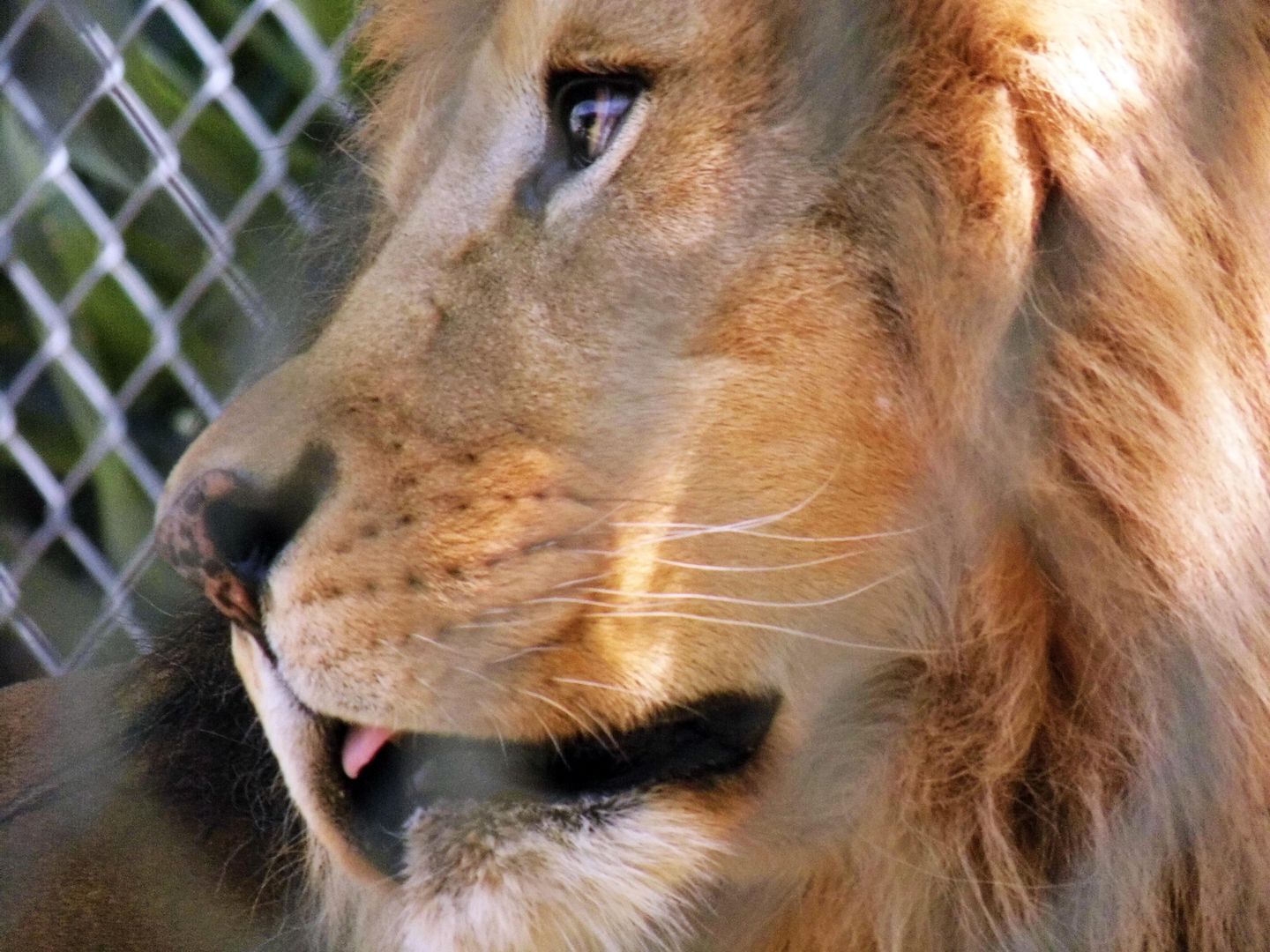
When I visited back in 2017, my heart ached for those big cats.
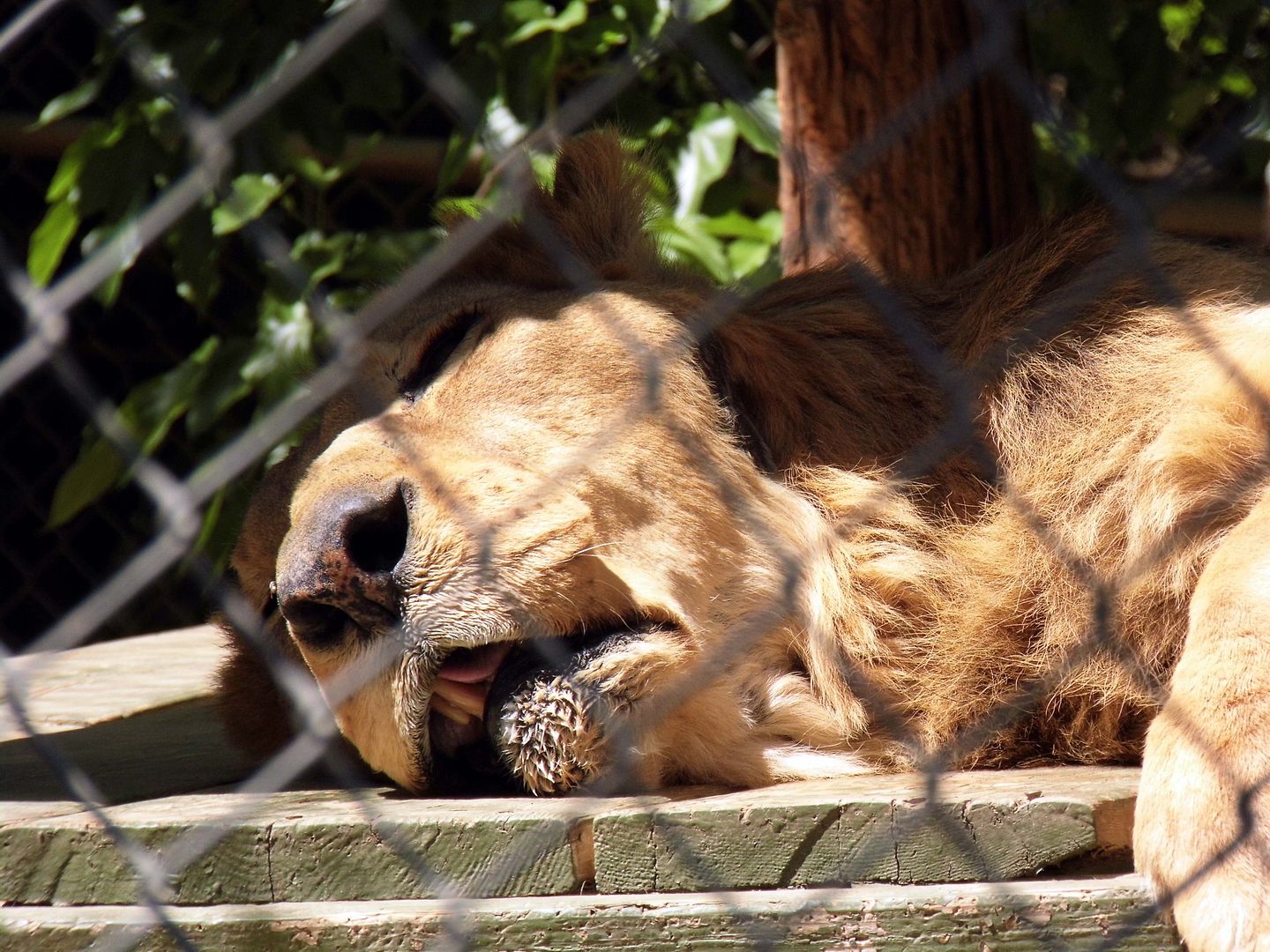
Their fenced-in enclosures weren't big enough and didn't provide enough hiding spaces.
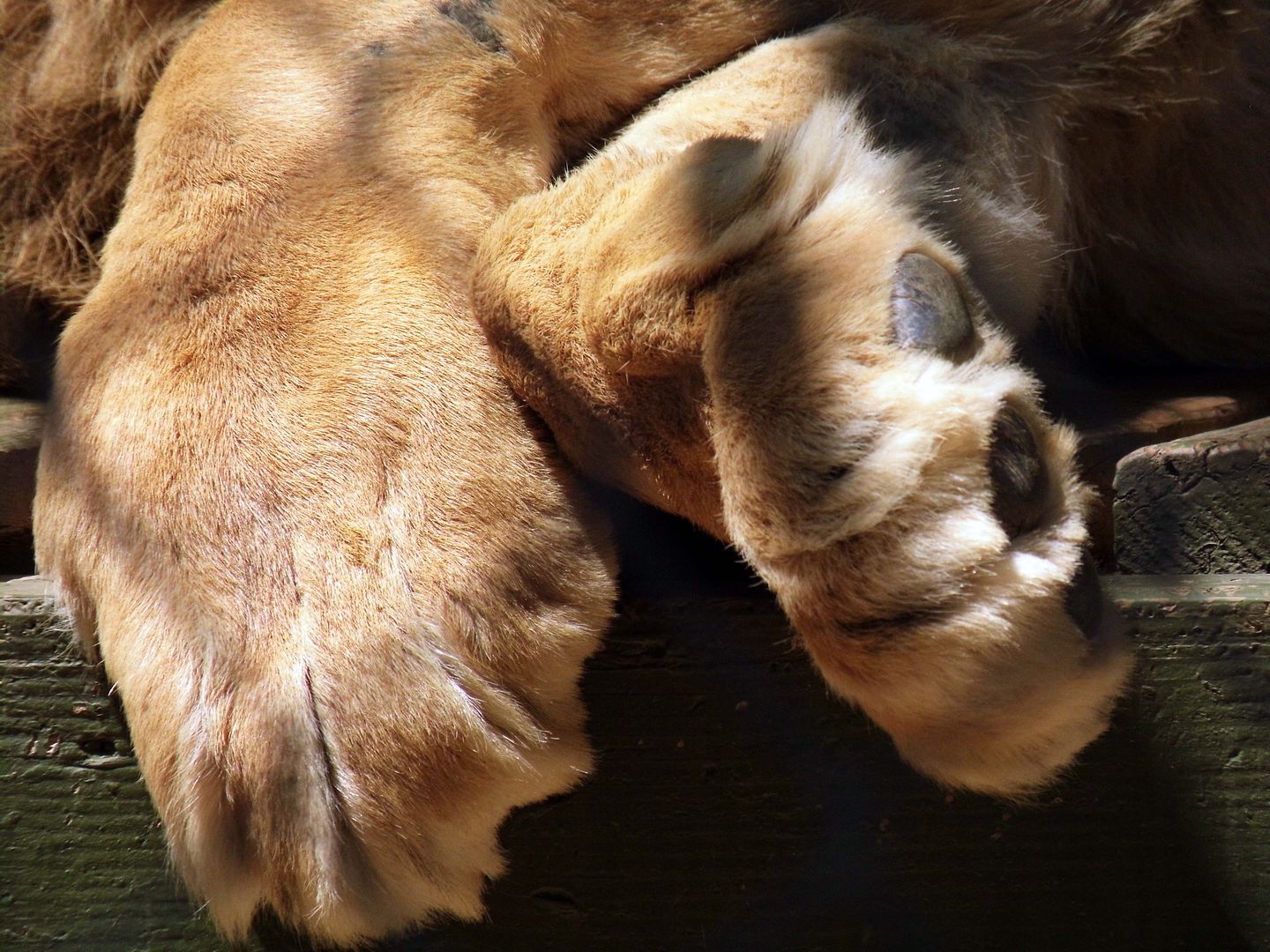
Exposed to the heat and sun, all they could do was sleep.
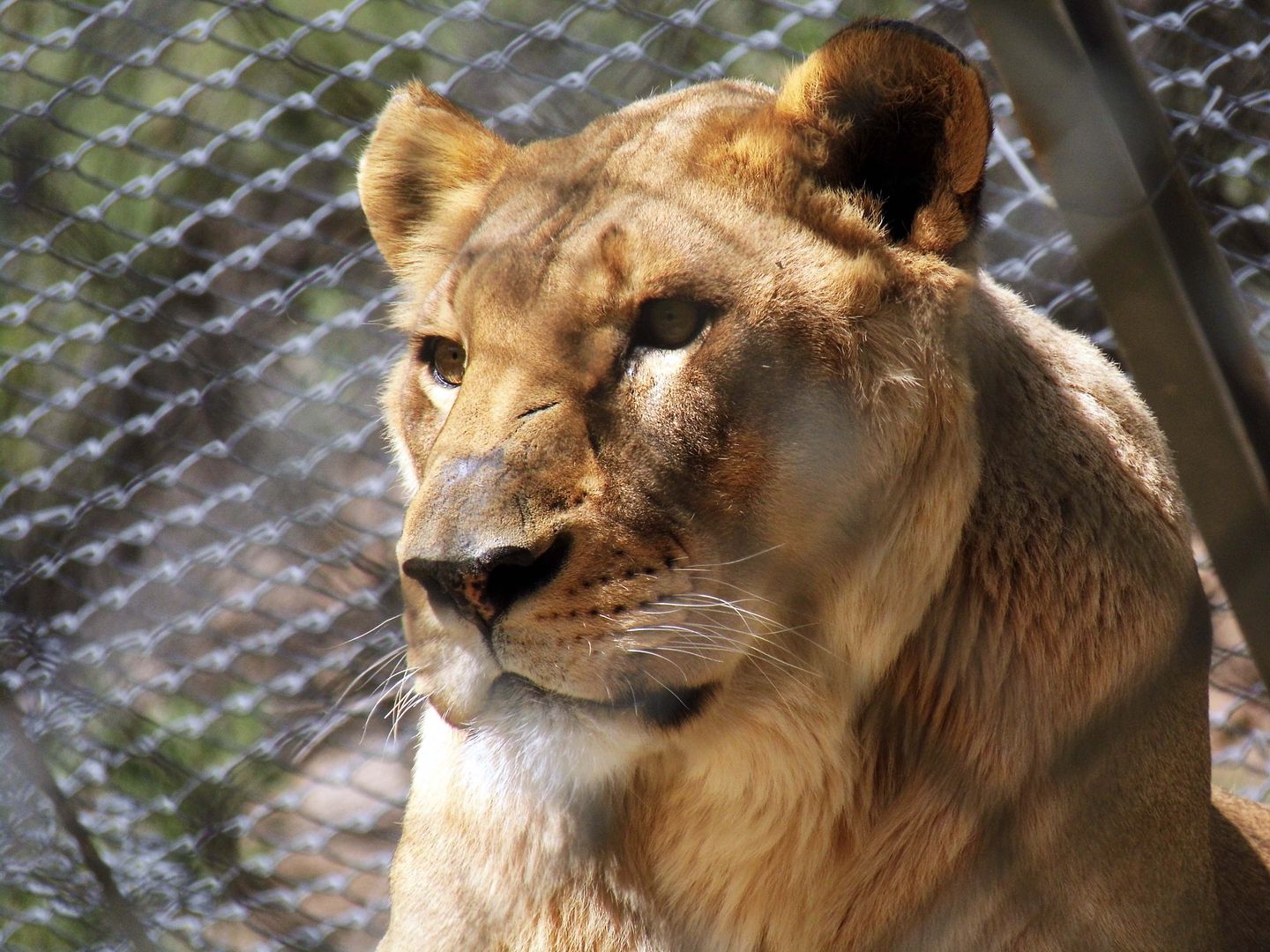
And the ones who were awake seemed agitated.
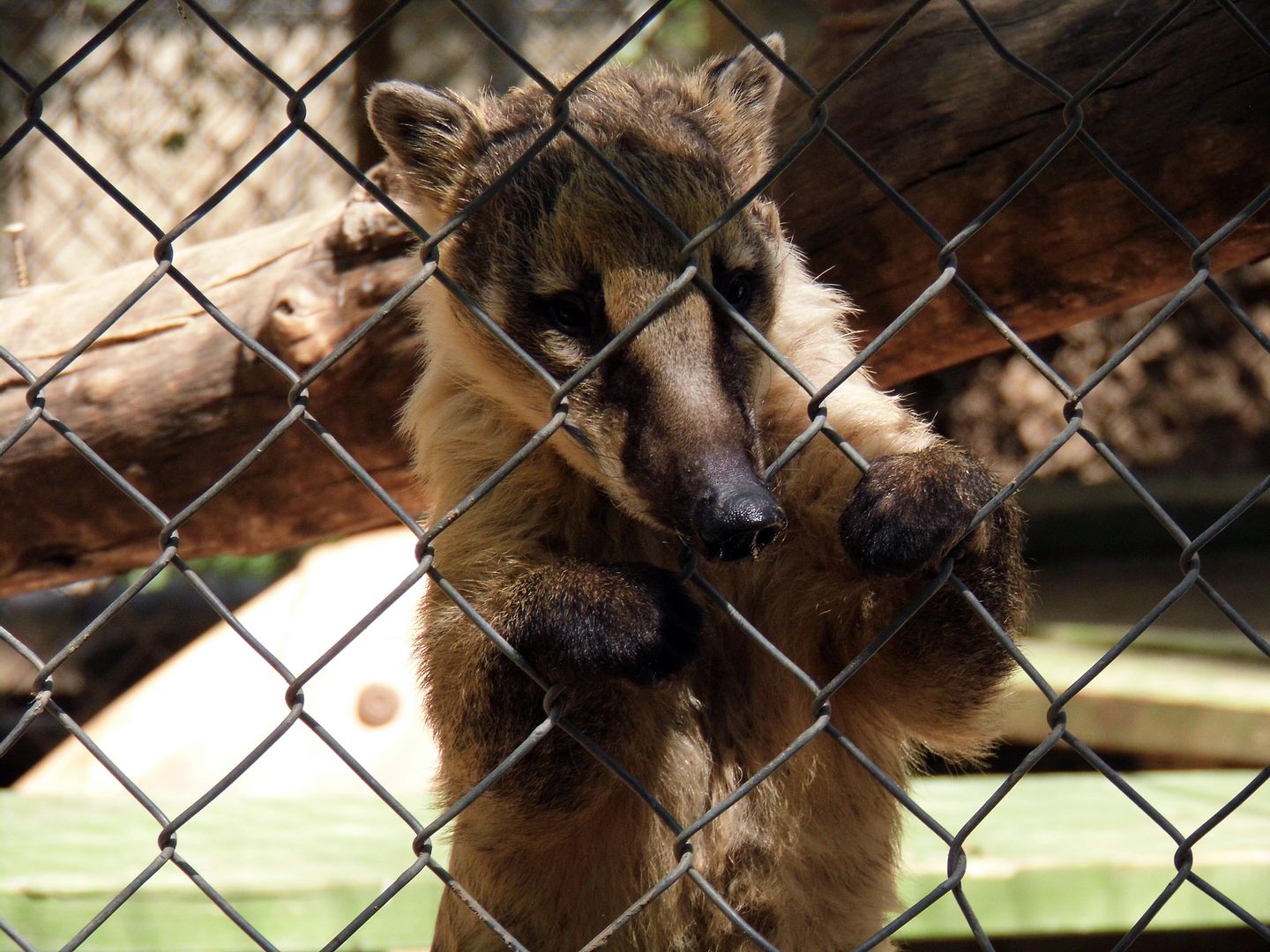
Wildlife Waystation had been around since 1976—and its heart was bigger than its wallet.
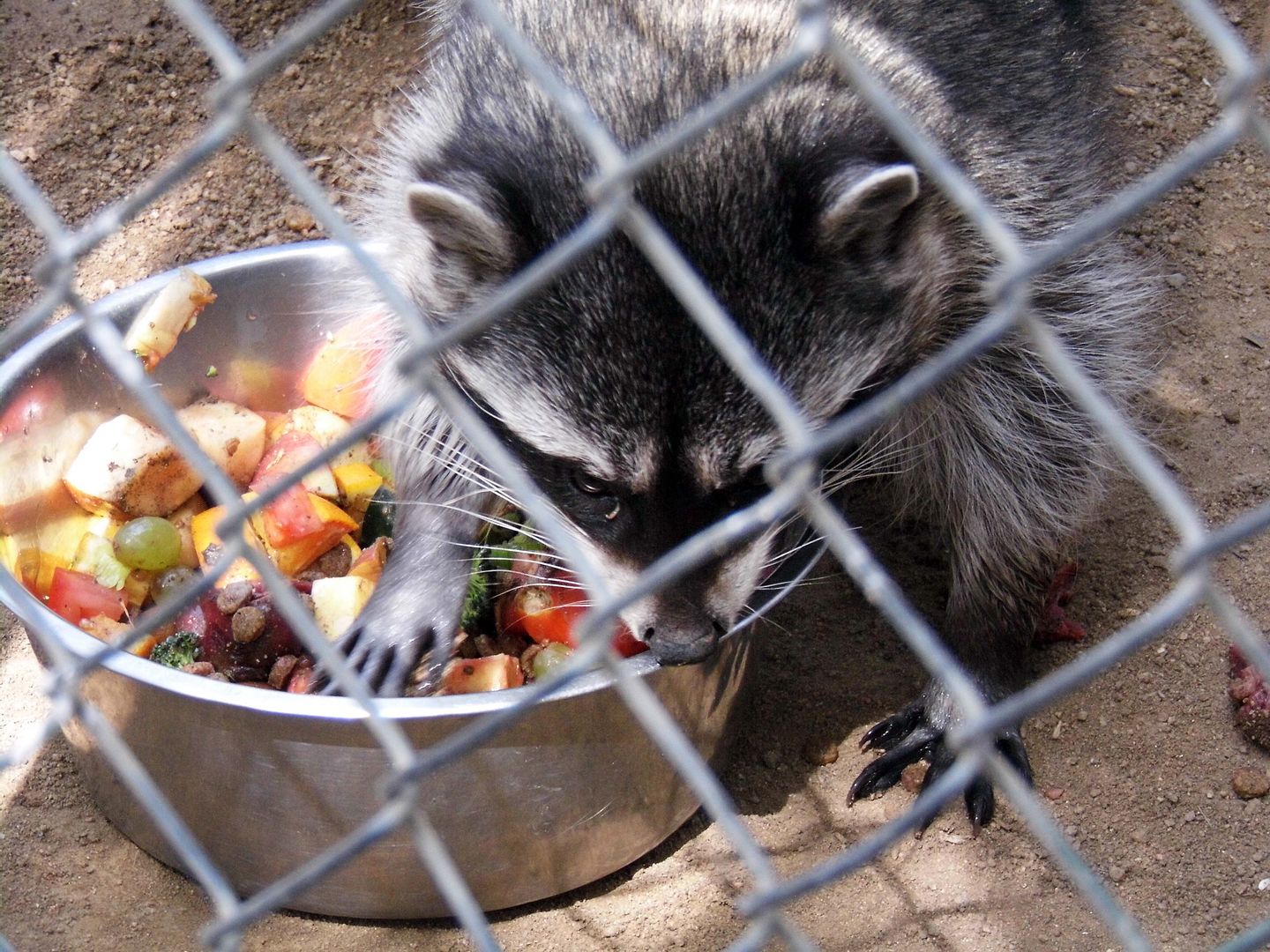
It couldn't turn down an animal that needed rescue—but it just didn't have the facilities to properly protect and shelter them, especially not from the flames of the Sand Fire and the Creek Fire, both of which besieged the sanctuary and literally put these critters in the line of fire without proper permanent backup generators.
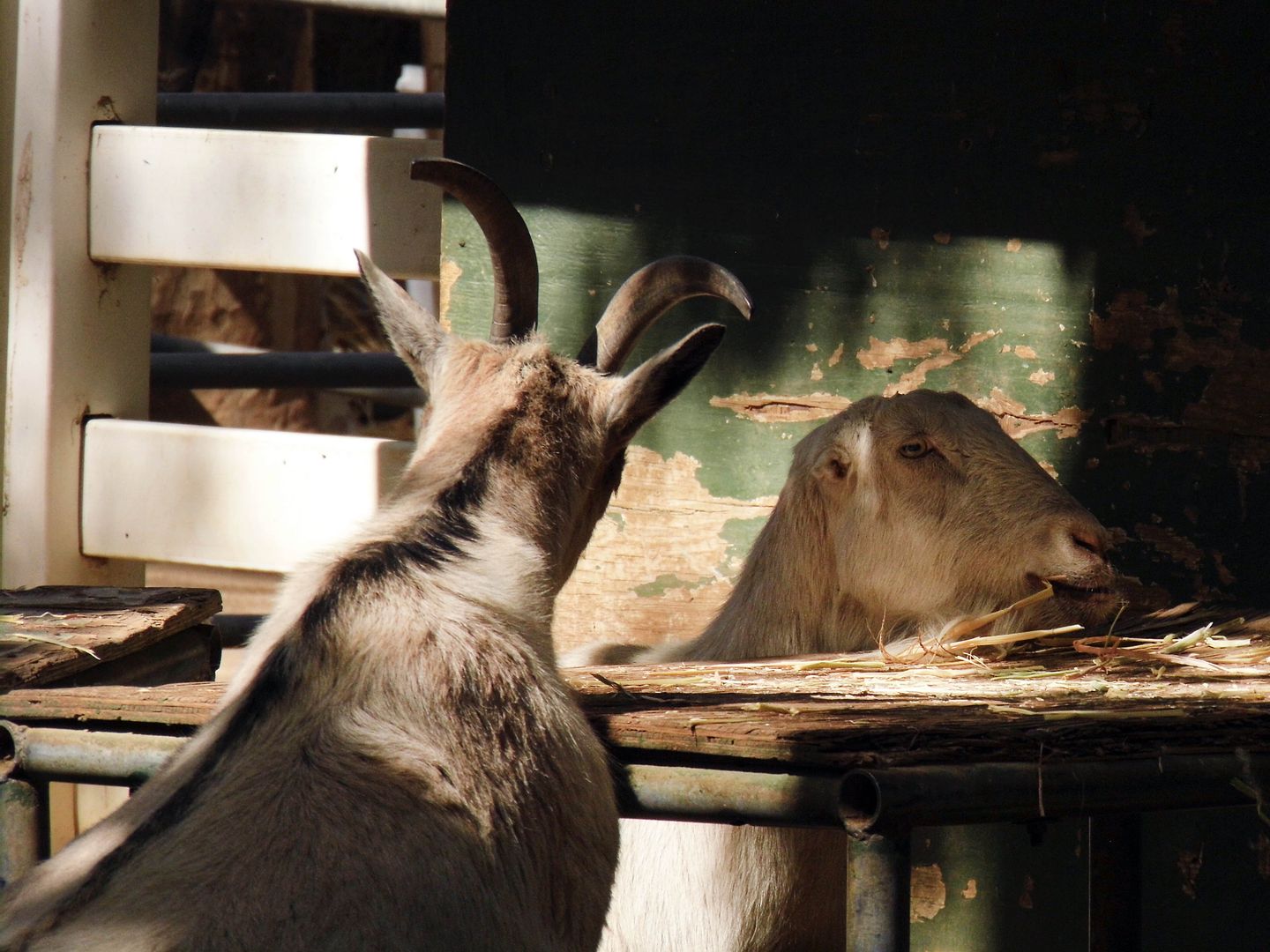
It had a team of passionate, hardworking volunteers—but the task was really insurmountable.
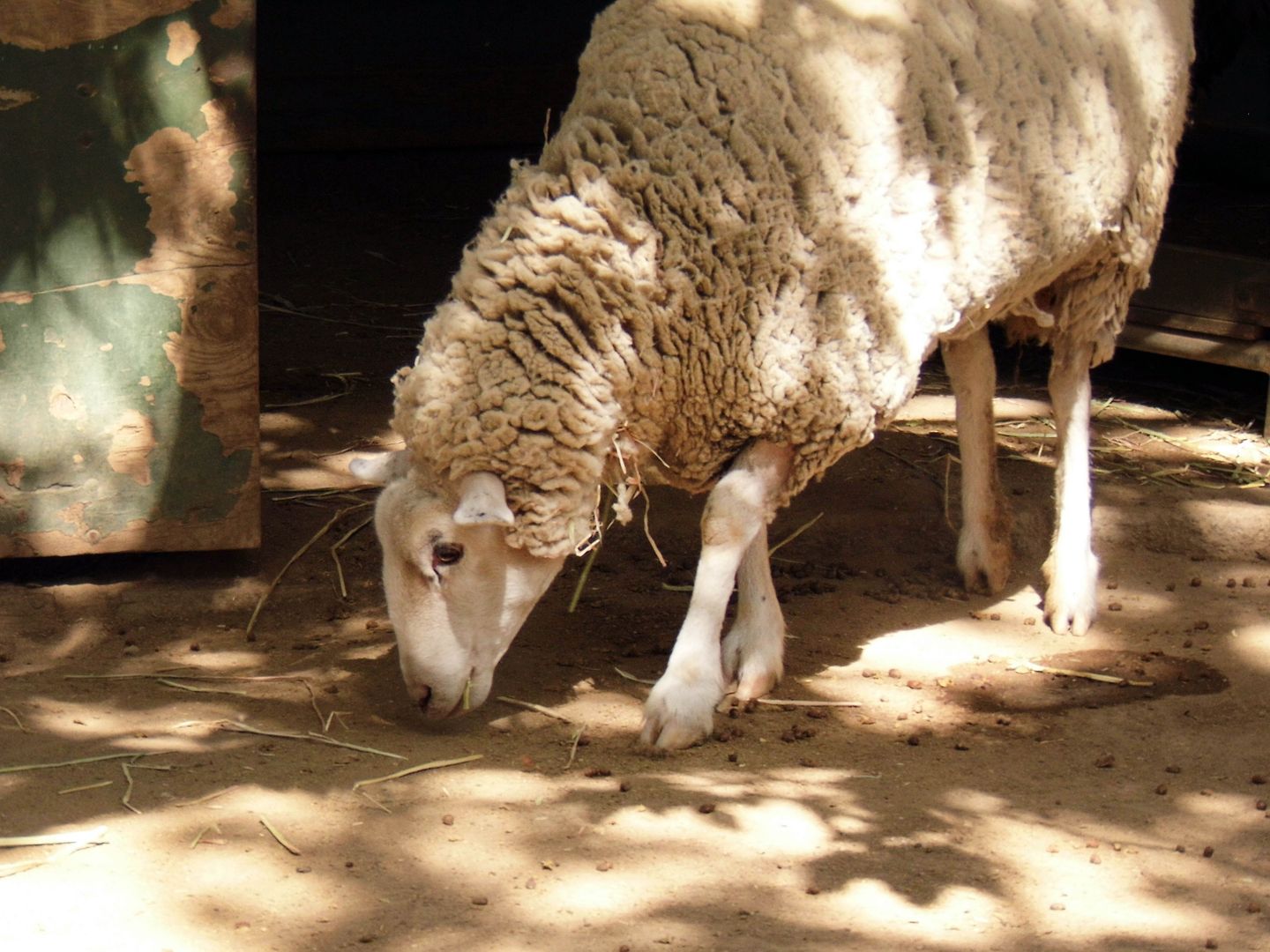
I know that there are people who will defend Wildlife Waystation to the hilt, but the best thing for these animals is for this organization to dissolve and for the California Department of Fish and Wildlife to relocate them.
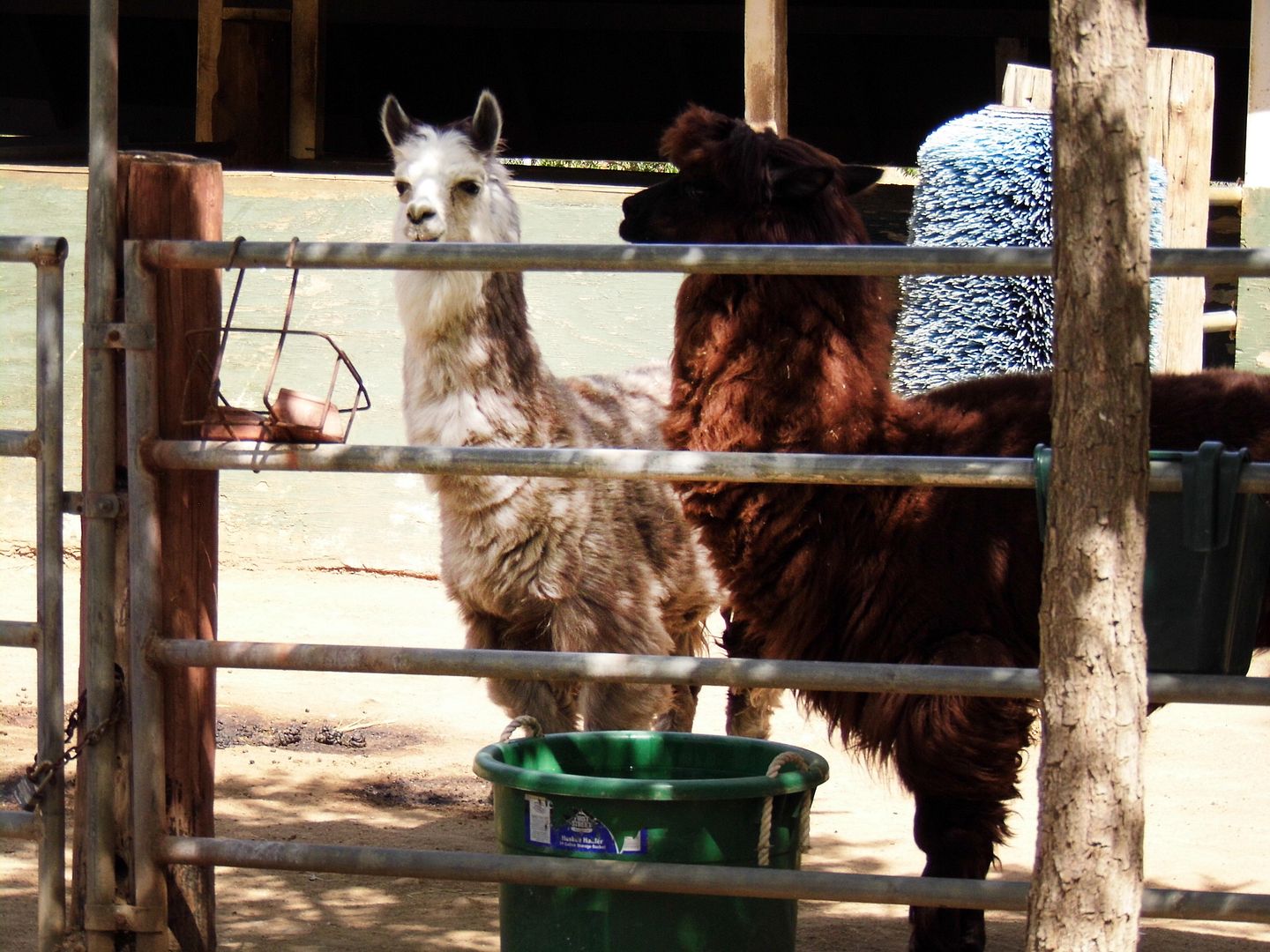
Maybe The Gentle Barn can take some of the farm animals, like the llamas, sheep, and goats. There's plenty of space to roam there—and tons of love and gentleness.
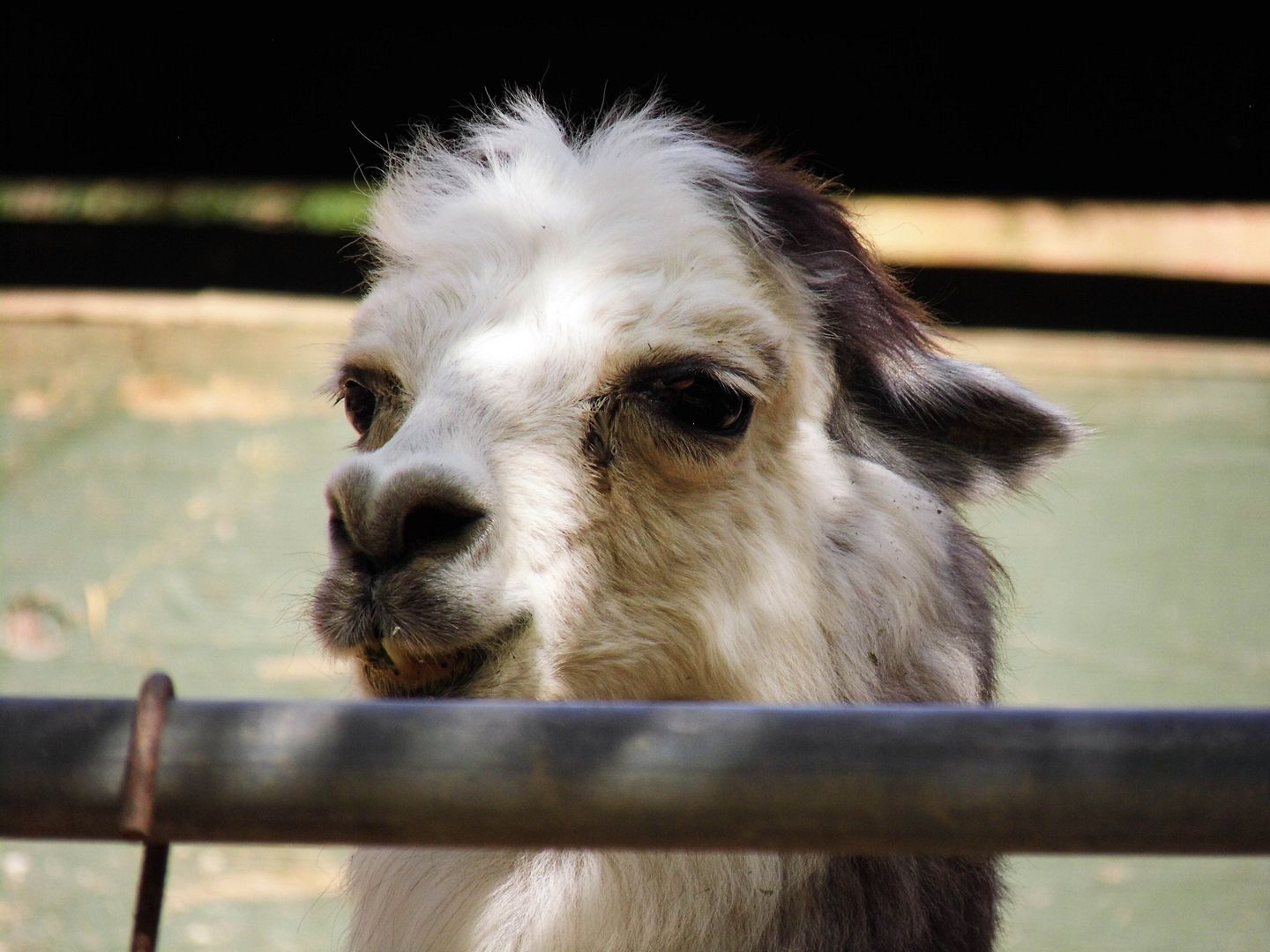
Maybe Lions, Tigers, and Bears can take the big cats and bears. Their enclosures are huge and the animals there seem plenty stimulated and enriched.
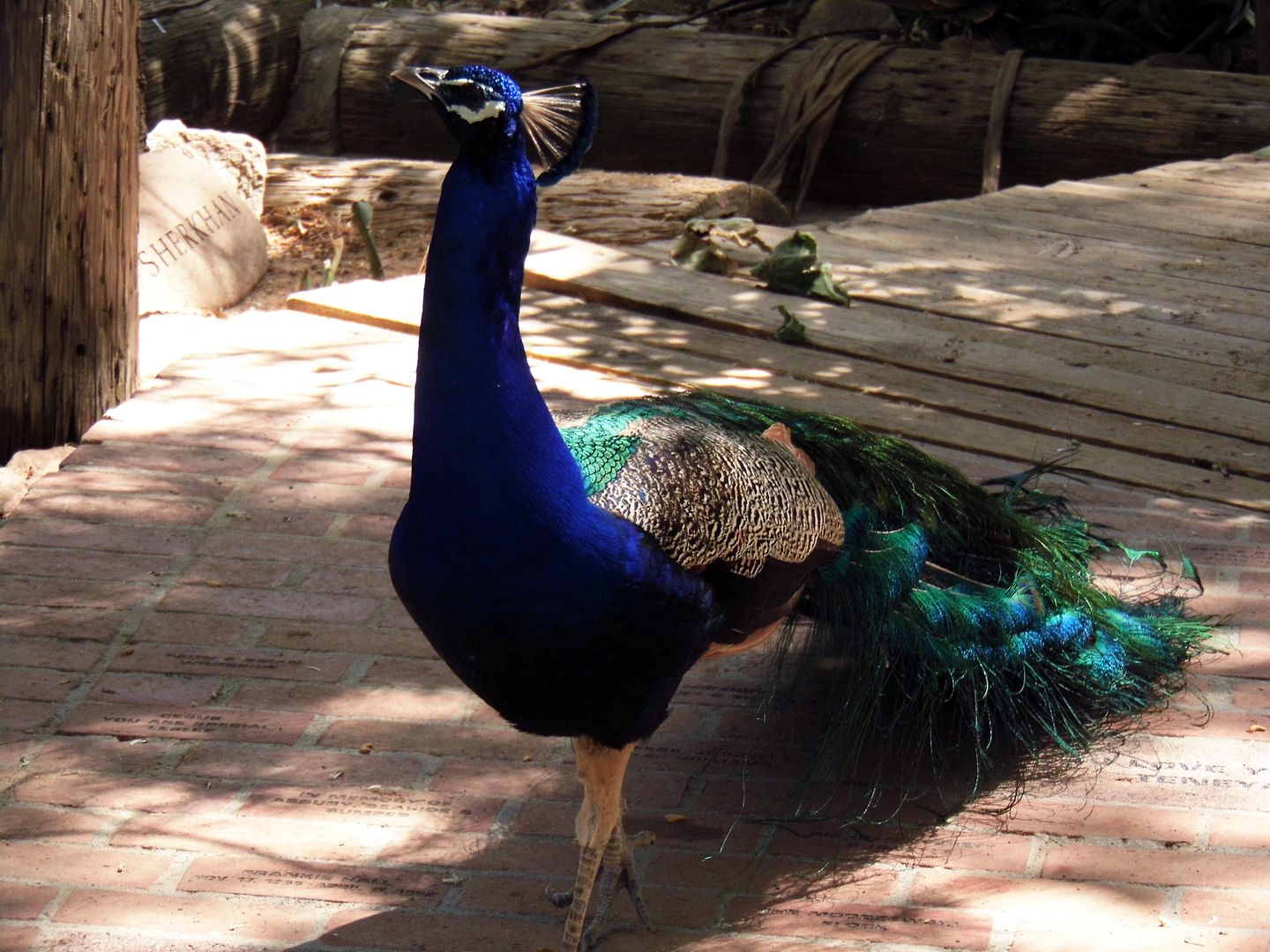
There are better homes out there for these animals (of which there are hundreds).
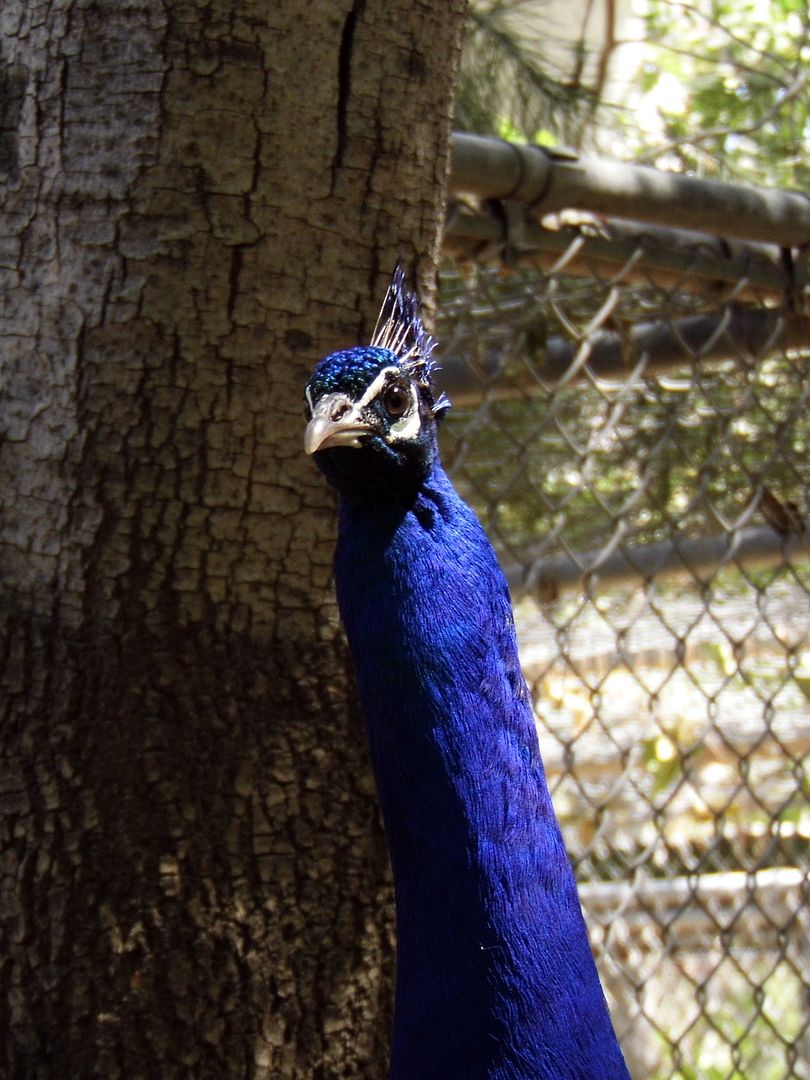
I think Wildlife Waystation founder Martine Colette knew that when she retired earlier this year. She'd already said that they were at the end of their rope—back in 2011, when it was reported to be in "dire financial state."
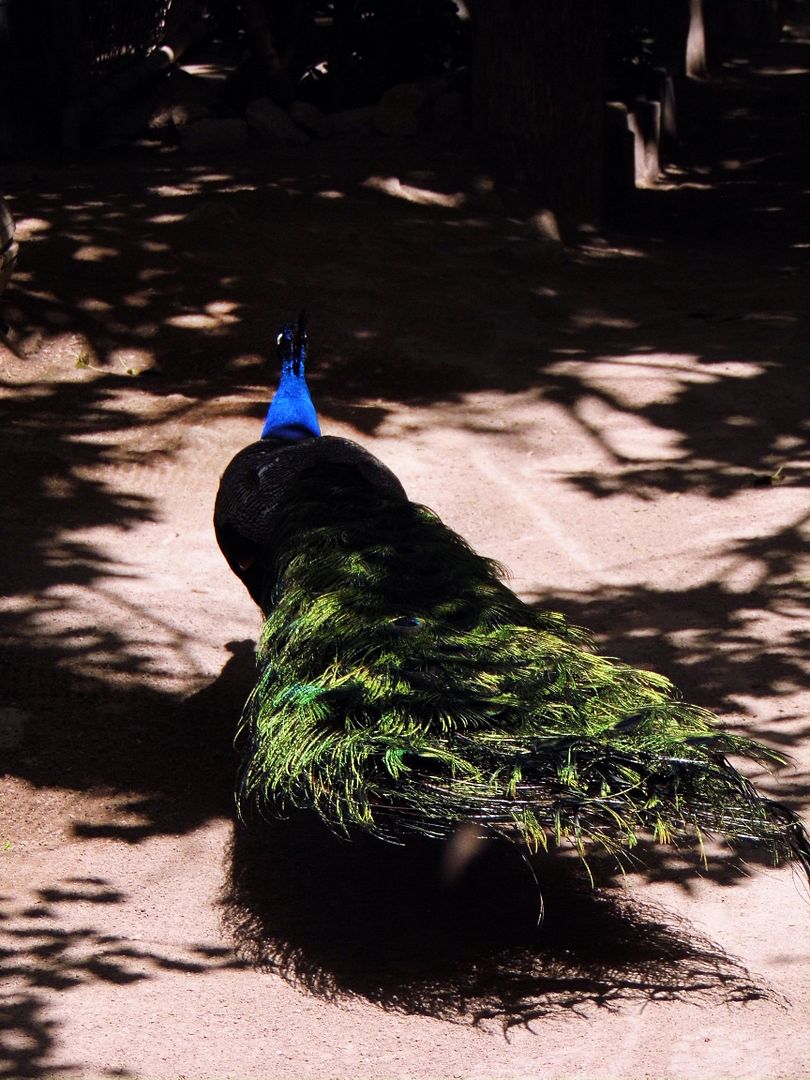
She'd had to close Wildlife Waystation to the public a decade before that because the enclosures weren't secure enough to allow public access. After that, you could only visit if you volunteered or bought a high-priced ticket to a special event.
I managed to get in two years ago, on one of the few tours that had been offered in my 8 years in LA—a tour that required me to become a supporting member of Wildlife Waystation.
When I took the tour, I noticed what a ghost town the sanctuary seemed to be. Where were all the volunteers and support staff?
It turns out a large swath of them had been let go in 2016.
Wildlife Waystation hasn't been in compliance with regulations in a long time. It's not allowed to breed its animals—but when cubs are born onsite, it just says "Oops!"
There's a lot of stuff that's happened with Wildlife Waystation that should've raised suspicions long ago. In my research for this essay, I came across another blog post that's been chronicling some of the dodgy activity since at least 2012, based on newspaper clippings and public records. It's worth a read.
We may never know what happens to the majority of those animals currently housed in Little Tujunga Canyon. If any are sick, they'll likely be euthanized.
Then again, they might've been euthanized years ago, if Wildlife Waystation hadn't taken them in.
No one can say that Wildlife Waystation didn't help any animals. But it didn't give them the help that they deserve.
Related Posts:
In Captivity
Photo Essay: On a Short Leash

No comments:
Post a Comment